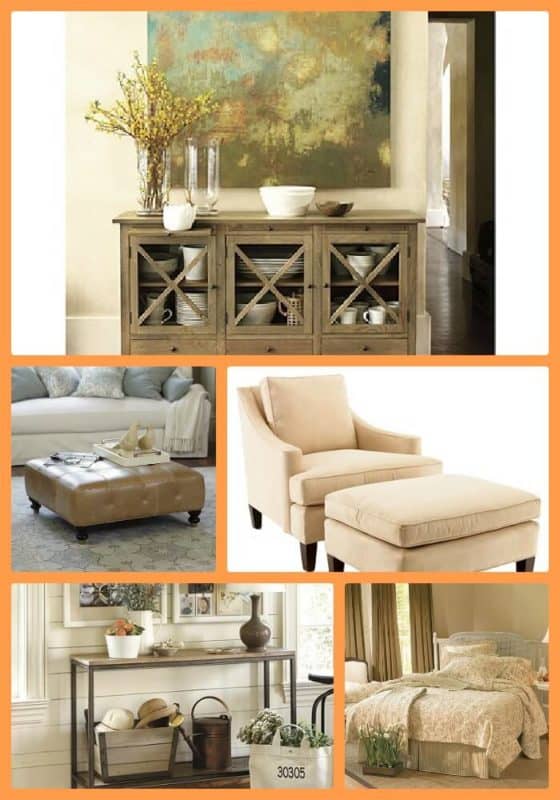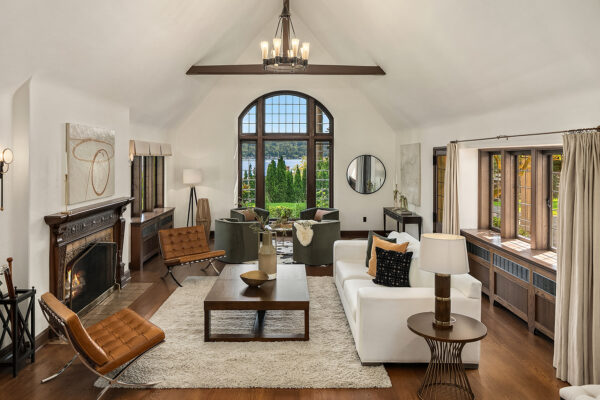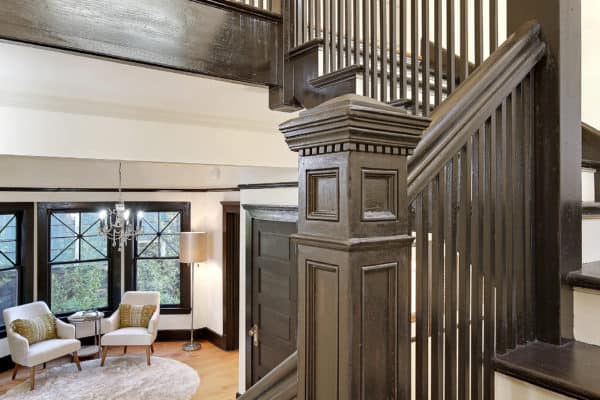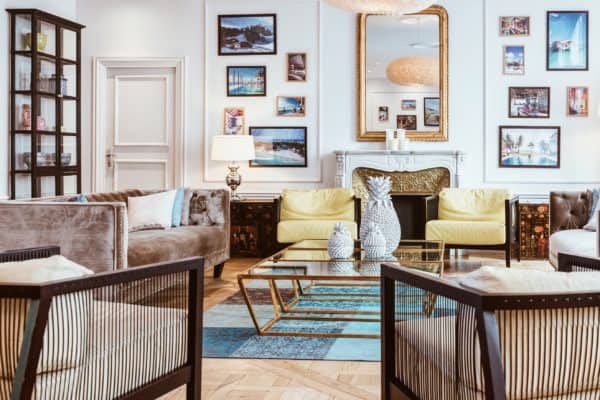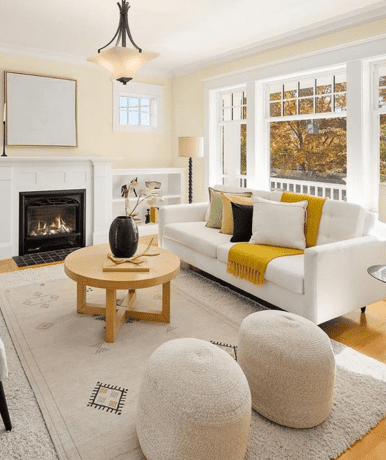What is a Transitional decorating style? Basically, a transitional style is the “New Traditional” where the classic style has been updated. Most likely, you have come across it if you have stepped into a Restoration Hardware or Pottery Barn store. Or perhaps you’ve seen it if you have thumbed through a Ballard Design catalogue or glanced at a Traditional Home magazine.
A Transitional Home:
- Has a neutral and muted color palate, but it feels warm
- It is simple and streamlined, but there is enough detail to make the design sophisticated
- Has furniture pieces that are classic, but the overall feel of the home is casual and friendly
- Can beautifully showcase global like Asian accent pieces, but it is not about having a theme
- Is often mistaken as an eclectic one, but they are NOT the same
A well balanced mixture of the old charm and contemporary makes Transitional Style homes warm, inviting, elegant, and peaceful – a comfortable and beautiful sanctuary.
A Transitional Style is for you if:
- You want a modern kitchen, but you have to have an old farm table as your kitchen table
- You like to purchase one investment piece and mix it with other finds from flea markets or even pieces from Ikea
- You are not only comfortable, but you’re proud to showcase your children’s art in the main rooms of your house and mix it with your other art pieces
- You like to serve meals on china, but your china set is a mixture of different pieces
- You like elegance, but you don’t want a home that feels like a museum
- You don’t compromise on the element of comfort
- You think beige is an exciting color
If your decorating style is Transitional, then following with these tips, you can create this look for your own home.
- Warm neutrals are the cornerstone of the Transitional Style. This palate can consist of khaki, gray, cream, taupe, soft whites, and deep browns. The key is to mix different values of the same color throughout the house. You can always use a hint, again, just a hint, of color here and there with your choices of accessories, art work or accent pieces. The key is to repeat these accent colors throughout your house to create a flow. Monochromatic spaces, when done right, are elegant and interesting.
- Transitional style is not about pattern and/or floral. If you want to have a bit of pattern on your pillows or carpet, choose subtle and quiet stripes or geometric designs. They should not steal the show.
- When you are looking for your Transitional furniture pieces, remember that these pieces have some characteristics of traditional furniture like curves, but the updated curves are gentle & the entire pieces are tighter and more streamlined.
- Since the color palate of a Transitional home is muted and neutral, it is important to take the element of FUN a notch up by using different mixtures of textures. For example, if your bedding is in satin fabric, you can add velvet and wool pillows and/or a cashmere throw.
- When it comes to your flooring, a cohesive floor throughout your house (maybe with the exception of your bathrooms and kitchen) is another element of a Transitional home. It’s all about the flow.
- For accessories, remember that in a Transitional home, less is more indeed. Select a few substantial and key pieces and let them shine. You want to strike a balance between having enough details and interest without overwhelming your home.
- The window treatment of a Transitional home is simple and elegant. Tassels & ruffles are a big NO! NO! Simple plain sheers, neutral roman blinds and of course, any organic material like bamboo and grass, feels right in a Transitional home.
- Velvet, corduroy, linen, chenille, leather, and suede are some of the typical fabric that is used in a transitional style home.
Remember, by experimenting, YOU will learn and find the right balance for YOUR own home.
Please call us at 206-334-0266 when you are ready to decorate your home or transform that room that you have been dreaming about for awhile. We would love to hear from you and help you with all of your interior design needs.
Feel free to share this post:

